FREEPORT — It was sunny and 70 degrees outdoors, but more like sweater weather inside the almost-finished house at 8 Peter Robin Way. Foot-thick walls containing 4 inches of rigid foam board and the thermal mass of a concrete slab helped moderate the temperature on a warm May morning. Seven months from now, the reverse will be true.
“You could heat this home with the oven door cracked open,” said Jonathan Lobozzo, the home’s contractor and a partner in Burnham & Lobozzo Builders of New Gloucester.
Lobozzo stood where a kitchen and dining area will be created. Light streamed through the bank of south-facing windows. Ten-foot ceilings, steel I-beams that create a long ceiling span and exposed, hemlock framing made the space feel open and airy.
What wasn’t evident, without stepping back outside, were the two arrays of solar panels on the roof. On sunny days, they’ll be able to produce at least as much energy as the 2,000 square-foot home requires.
This house is one of 10 planned for Baird Landing, which is being billed as Maine’s first net-zero energy subdivision. That means that each home is designed to generate enough power to zero-out its electric bill over the course of a year.
This home, which was listed at $495,000, is under contract. A first home built in the development has been occupied since early winter. A third home is being built.
Net-zero isn’t a new idea, and there’s no definitive source to identify other net-zero neighborhoods in Maine. But what is clear is that for developers, selling a subdivision of all net-zero homes has been a challenge in Maine. At least a couple that hit the market in recent years had to change course, when buyers balked at the price. It seems that for all the griping Mainers do about high energy bills, many buyers are more interested in kitchens than kilowatts when they invest in a new house.
But maybe Baird Landing will hit a sweet spot.
It’s coming into a tight housing market in Greater Portland, with prices on par with more traditional three-bedroom colonials, in the $400,000 plus range. And rather than shouting about net zero, Baird Landing is being promoted as a open-space community of well-designed houses on private, woodsy, one-acre lots. The fact that these homes are super-efficient and low maintenance, and can be heated and cooled for practically nothing, is just part of the package.
“It’s an aspect of the subdivision that’s important,” Lobozzo said, “but it’s not the end goal.”

Baird Landing developers Alex Burnham, left, and Jonathan Lobozzo stand outside one of the development’s net-zero homes.
‘TRYING TO START A TREND’
Lobozzo grew up in New Gloucester and met Alex Burnham of North Yarmouth through ski racing and soccer when they were both 12. Burnham has worked in construction since he was a teenager, and when Lobozzo graduated from Bates College in 2010 and a planned import/export career didn’t take shape, the two men started a renovation and cabinet-making business. Now 31, each has a long-standing interest in high-performance homes and had ideas about how to make them more mainstream and affordable.
So two years ago, Lobozzo bought 30 acres here near the Durham town line. It’s away from the town’s prime coastal real estate, but close enough to major commuter routes to be a good proving ground for their design-build concepts.
“We’re not trying to get rich off this subdivision,” he said. “We’re trying to start a trend, something people can see and respect us for, the next time we do this.”
The construction principles being used at Baird Landing aren’t radical by today’s standards. The trick is layering the energy attributes into a pleasing, well-built home, in a cost-effective way.
Walls are an example. Six-by-six hemlock timbers hold up the house with post-and-beam construction. They are framed by a sandwich of metal and clapboard sheathing, rigid foam board and conventional lumber, air-sealed with spray foam. This technique creates a tight barrier with an insulating value of R-35, well above minimum code, while leaving the rough timbers visible around the interior drywall.
Above, another foam board sandwich, coupled with 10 inches of blown cellulose, create an R-65 roof. Below, there’s no basement. A heavily-insulated concrete slab is more efficient and less expensive. Spray foam is used to fill tiny cracks and gaps. The result is a house so tight that continuous, low-speed blowers are installed in bathrooms to exhaust stale air, and keep the building and its occupants healthy.
As is becoming common today, high-efficiency air-source heat pumps warm and cool the building. But what makes the homes net zero are the solar panels, on metal roofs oriented to take full advantage of the sun.
These energy extras adds $50,000 or so to the cost of the home. Roughly half of that – the solar system – can qualify for a 30 percent federal tax rebate.
YOU DO THE MATH
Is net zero worth the extra money? Here’s one way to consider the calculus.
Visitors to Baird Landing can pass a five-year-old subdivision on Champagne Lane. These are traditional colonial-style homes on a half-acre of lawn in a suburban cul de sac. For $400,000, a buyer last year got four bedrooms, three baths, a deck with a soaking tub and 2,500 square feet of living space.

A net-zero home in progress at Baird Landing.
The first Baird Landing buyer, who was unavailable for an interview, spent $445,000 on a smaller home. But the family got living space that feels much larger, and more land and privacy. Oh, and they have virtually no utility bills.
“It’s more than net zero,” said Lois Lengyel, one of the two listing agents for Baird Landing at Legacy Properties Sotheby’s International Realty in Portland. “It’s the whole package. It’s the lifestyle.”
Lengyel characterized net-zero homes in Maine as a “fringe” of the market, but one that can be targeted.
In general, she said, prospective buyers are confused by terms like net zero and high performance. They see the solar panels and wonder if the home is “off the grid.” No, it’s not. But each home is wired to someday incorporate battery storage, and each has a standby, a propane generator, if a storm cuts power.
They see the concrete slab and question whether the floors will be cold. No, they won’t, because the slab is wrapped in thick insulation board.
On the flip side, Lengyel said, some potential buyers are up to speed. Following a bid process, Baird Landing partnered with Portland-based ReVision Energy to install the solar panels. ReVision has a robust social media presence and a following of Mainers who either already have solar or want it. The company featured Baird Landing in a recent email newsletter.
“As soon as they put Baird Landing on their website, we got five calls,” Lengyel said. “There is interest.”
On June 2, Baird Landing is hosting an open house, at which ReVision’s staff will be present. Lengyel said she expects to see traffic other than home shoppers.
“What is a net-zero subdivision all about?” she said. “It’s the only one in the area, so people will come for an education.”
A TOUGH SELL
To date, net zero has been a tough sell in southern Maine.
A project on the edge of Yarmouth’s sought-after downtown area, Village Run, was envisioned as a 26-lot “smart growth” subdivision featuring modular, high-performance homes with solar panels. But the majority of buyers chose conventional construction, put off by the upfront costs and content with relatively well-insulated homes fueled by natural gas.
A similar attempt six years ago in Wells, Brackett Estates, also ran up against market resistance, and today is built out with conventional homes warmed by propane furnaces.
Conflicting signals in those two projects were explored last year in an article on an industry web site, GreenBuildingAdvisor.com, called “When High-Performance Homes Don’t Sell.” One conclusion: People who can afford $400,000-plus homes aren’t as sensitive to energy costs; they’re more interested in floor plans.
“I think Realtors will still say, people are interested in amenities,” said Scott Gibson, who lives in Waterboro and has written books about green building. “Buyers walk in and the first thing on their minds isn’t, ‘how many kilowatts does this thing use?”’
But for some buyers, Gibson said, net zero is “a badge, it’s bragging rights.” They can say they live in a home that can produce more energy than it uses.
These buyers are a small slice of the market now. But Baird Landing may be a test to determine if the appeal can be expanded by keeping prices in check and making net zero part of something bigger.
“If the builders are using net zero as one of many attributes, then they are selling more of a macro approach,” he said. “But if you put all your eggs into energy efficiency and that doesn’t sell, where are you?”
Tux Turkel can be contacted at 791-6462 or
tturkel@pressherald.com
Twitter: TuxTurkel
Send questions/comments to the editors.


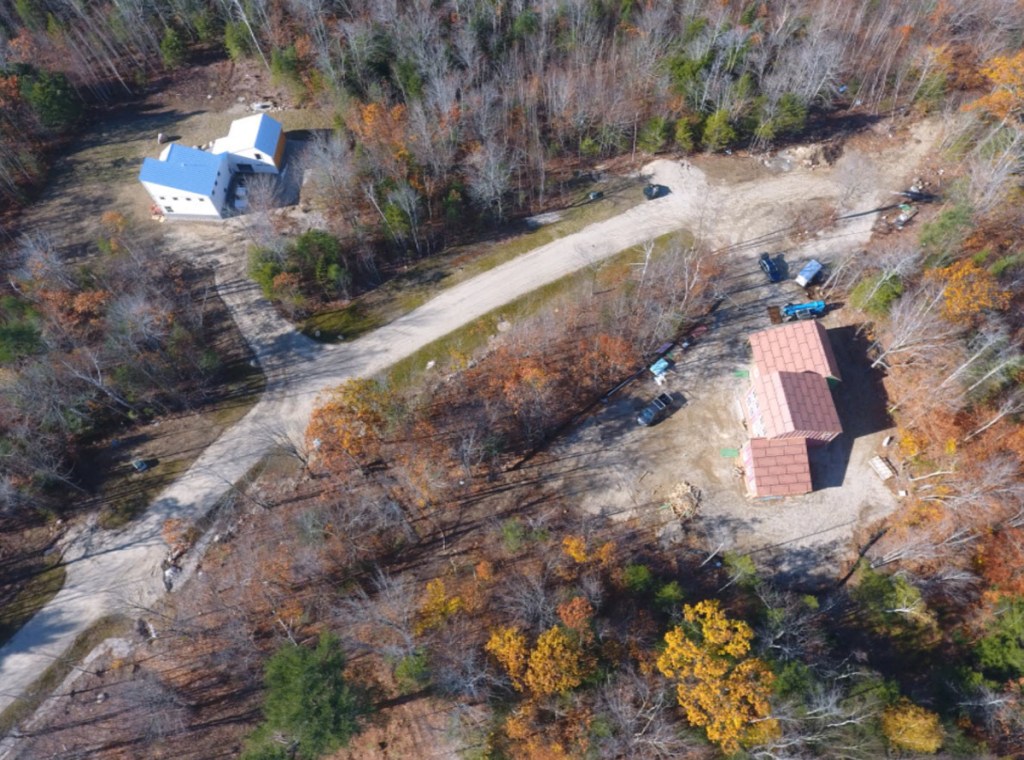
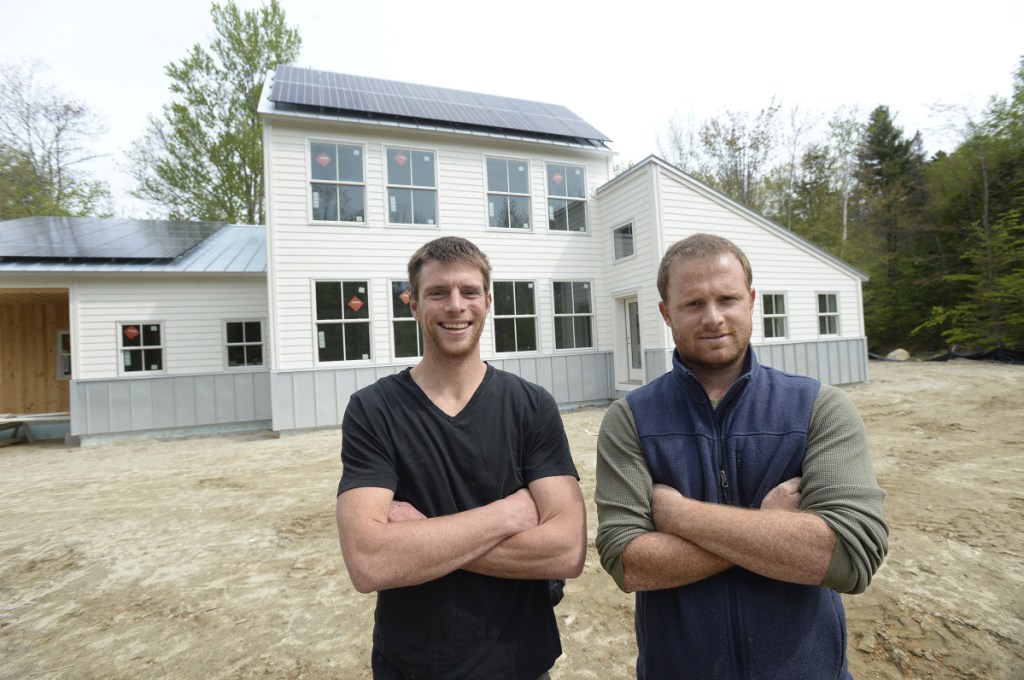
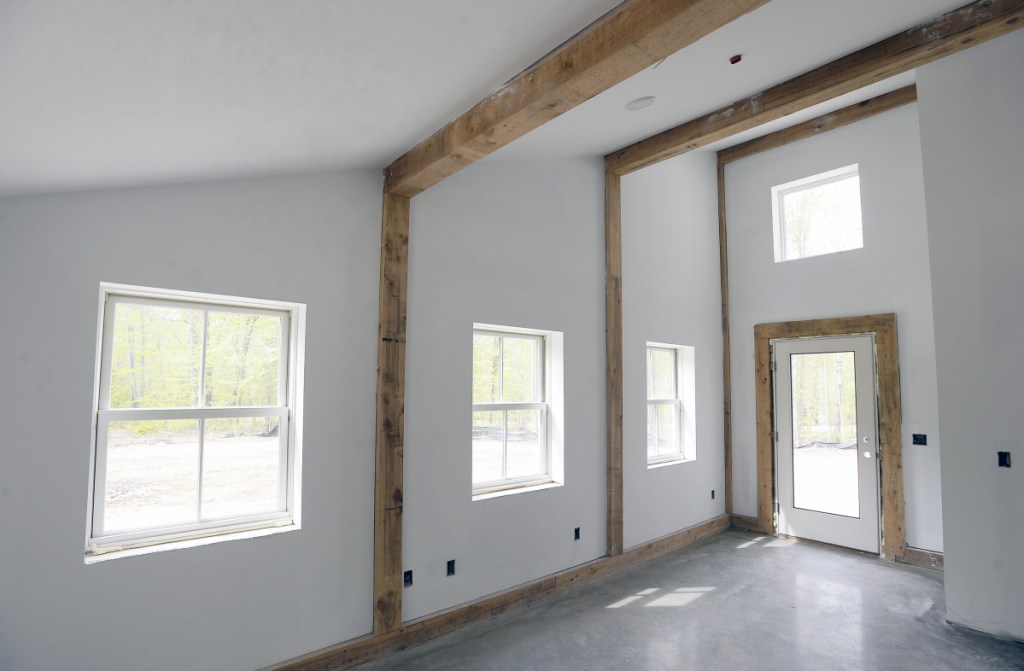

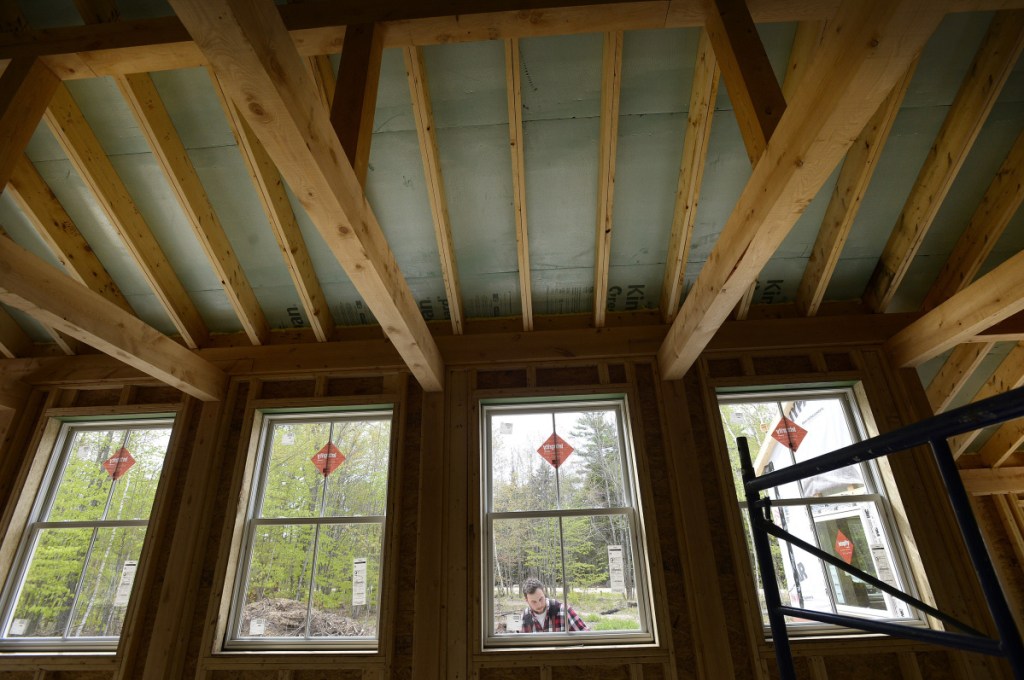
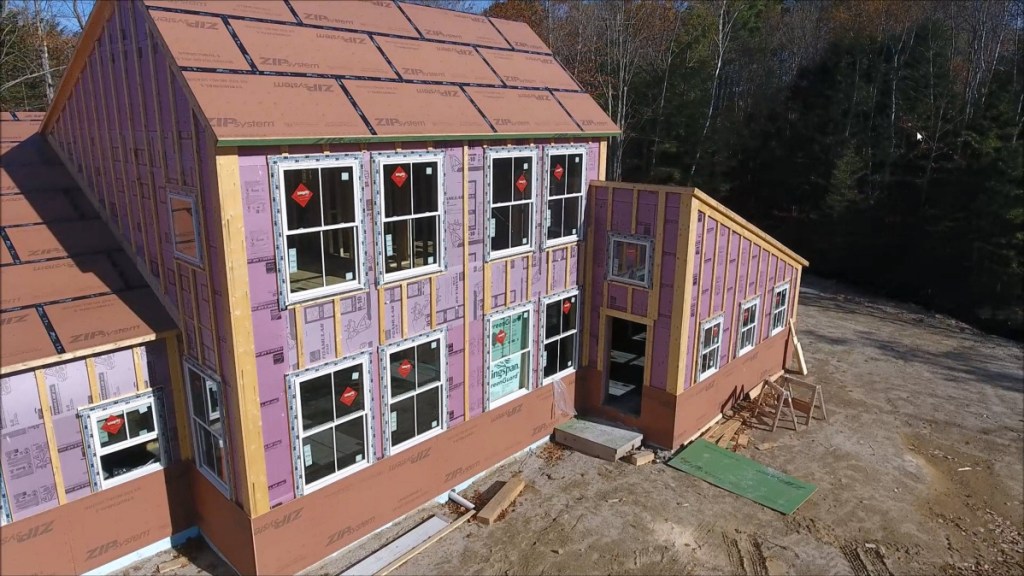
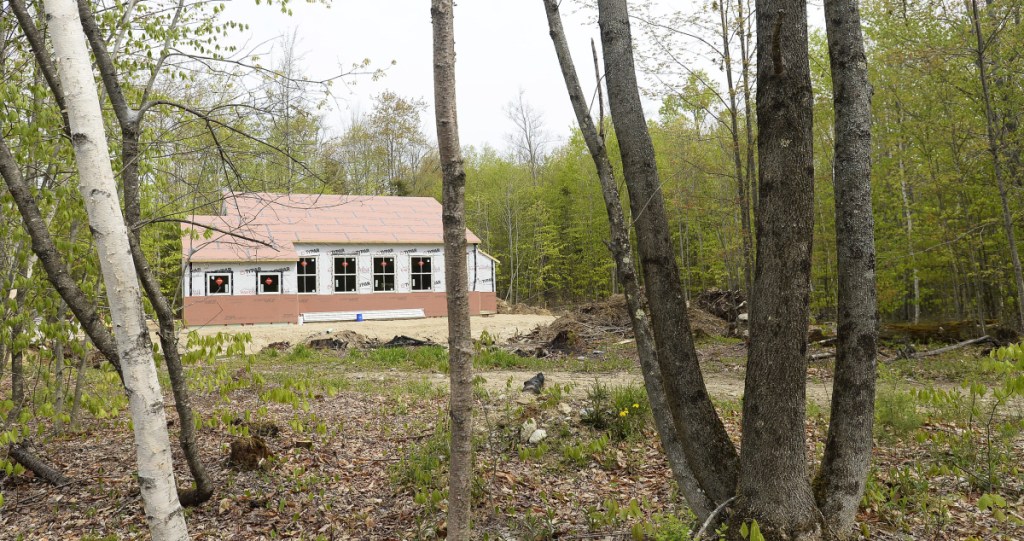

Comments are no longer available on this story